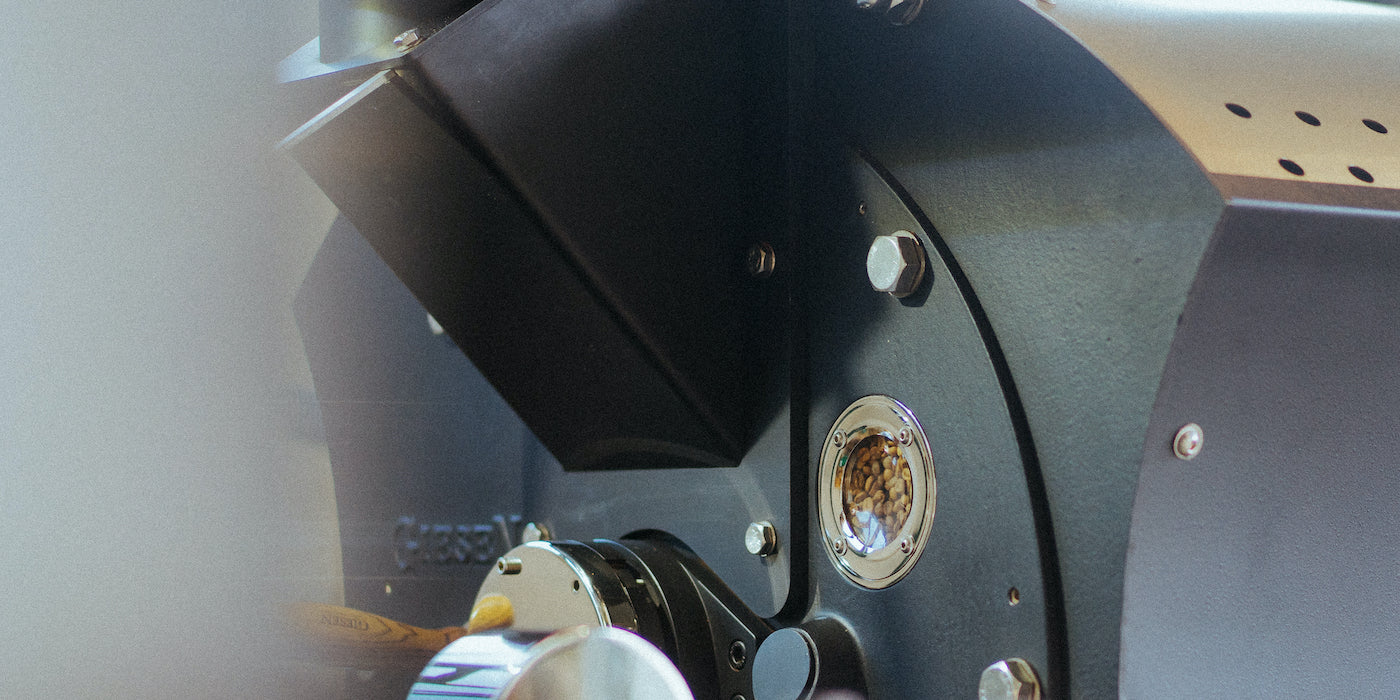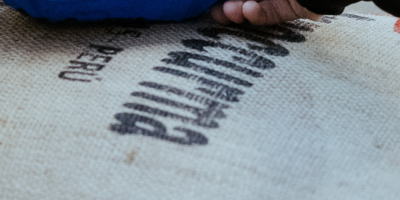Your Cart is Empty
Kurse & Seminare

Ethiopia: Coffee from the birthplace of coffee
July 29, 2022 3 min read
Ethiopia: Coffee from the birthplace of coffee
Ethiopia, together with South Sudan, is known as the birthplace of Arabica coffee. Located in northeast Africa, Ethiopia has few large farms where coffee is grown. Nevertheless, it is one of the top 10 coffee producers in the world. The reason for this is that the coffee here grows mainly in forest gardens. Ethiopian coffee farmers often have only a small area under cultivation, which is often their own garden. In total, 15 million people are involved in coffee cultivation in Ethiopia.
Varieties in Ethiopia - Heirloom
One of the consequences of the "wild cultivation method" is that Ethiopian coffee, unlike most other coffees, can rarely be assigned to a clear variety. Instead, Ethiopian coffee is usually referred to as "Heirloom" or "Local Heirloom". This is not a single variety, but a mixture of wild coffee plants that have not yet been identified due to their enormous genetic diversity. It is estimated that there are 14,000 - 15,000 Heirloom varieties in Ethiopia.
Regional differences
Ethiopian coffees can therefore be described more by their region of origin than by their variety - more precisely, by the regionally different mix of heirloom varieties. For example, coffees from the Sidamo region are often very floral with stone fruit flavours, while coffees from Guji taste more fruity and berry-like.
Particularly in the specialty coffee sector, the difficult separation of varieties can be challenging, as this makes it almost impossible to produce separate lots, for example. At the same time, the genetic diversity of coffee in Ethiopia is also one of the reasons why Ethiopia is such an exciting and special coffee origin country.
Harvest time
The main harvest in Ethiopia takes place from October to December. During these months, rainfall is lowest, but the temperature is consistently hot. Dry-processed coffees increasingly come from the mountainous regions east of the capital Addis Ababa. These regions are hot and dry. The majority of washed coffees come from the highlands south and west of Adis Ababa.
What coffee from Ethiopia tastes like
The taste depends not only on the growing region and variety, but also on the processing method. In Ethiopia, the coffee cherries are usually processed dry or wet. Washed coffees have a lighter body and are finely nuanced. Herbal, floral notes with some citrus acidity are often found. Ethiopian naturals, on the other hand, have a very fruity taste with a light body and are usually berry-like.
Our current coffee from Ethiopia:
Buku Abel (July 2021) is our current coffee from Ethiopia:
The Buku Drying Station is located in the village of the same name in Ethiopia's Guji zone. As with most Ethiopian coffees, the Buku Abel lot is made up of many micro-farmers who bring their harvested coffee cherries to the Buku station.
The station itself is run by DW Coffee, which works closely with the farmers. DW supports the farmers with technical and financial assistance and pays prices for the coffee cherries that are far above the market price.
The precision of the team at different levels of their work guarantees the quality of these coffees. Several DW coffees have won awards in recent years, in Ethiopia and in competitions throughout Africa.
Translated with www.DeepL.com/Translator (free version)
You haven't tried a Natural from Ethiopia yet? Then what are you waiting for - these coffees simply stand out and will certainly convince you!
Join our Coffee Crew
10% discount on your first coffee order.And more: Sign up for our newsletter and never miss coffee releases, offers and background stories again.

Join our Coffee Crew
Subscribe to our newsletter to receive coffee news, offers and background stories via email. Plus, you'll get 10% off your 1st coffee order.

















